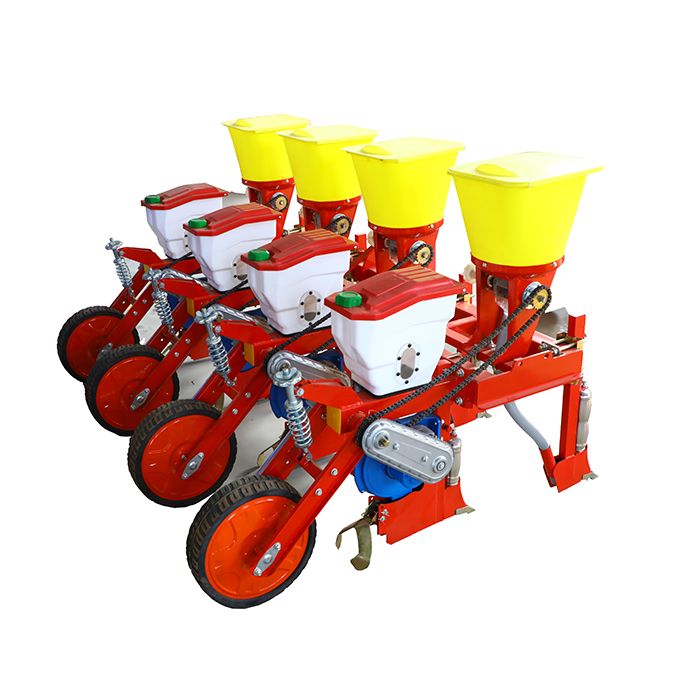In the move to modernize and smarten up agricultural production, seeders are key farming equipment. They matter a lot for boosting sowing speed, making sure seedlings grow well, and helping with sustainable farming. Their technical features drive this. Today’s seeders pack multiple advanced technologies. They’re precise, efficient, and smart, and they push agricultural productivity forward.

Precision is a big deal for seeders. Modern ones use advanced seed - distribution systems. These systems control how many seeds are sown and the space between them. Take air - suction seeders. They use negative air pressure to pick up seeds. This lets them plant one seed at a time, even when they’re moving fast. It cuts down on missed and double sowing. Some high - end seeders have electronic monitors. These monitors watch the seed - distribution in real - time. If something’s wrong, they give an alert and make adjustments. This way, each seed goes in at the right depth and spot. It helps seeds sprout and grow, and makes the seedlings come up evenly.
Large - scale farming needs fast - working seeders. Seeders keep getting better at operating efficiently. Self - propelled seeders have strong engines and good transmission systems. They can work quickly in the fields, much faster than old - style models. Some seeders have wider working widths. They cover more ground in one go, so they don’t have to go back and forth as much. This cut sowing time. Many seeders can do multiple jobs. They can sow seeds, spread fertilizer, cover the soil, and pack it down all at once. This speeds up work and also keeps soil from getting too compacted. It protects the soil and gives crops a good place to grow.
Seeders are getting smarter, and that’s a big trend. Seeders with satellite positioning and self - driving systems follow set routes. They don’t veer off like they might with human driving. Even in big fields, they stay straight and keep rows the same distance apart. Smart control systems use sensor data. They look at things like soil moisture and terrain. Then they change the sowing depth and how much fertilizer to use. When a seeder runs into a stone or other obstacle, it can move out of the way on its own. This keeps the machine safe and lets sowing keep going. Some seeders can send data and be watched from afar. Farmers can check how the seeder’s working and how much it’s done, using their phones or computers. It’s smart farming management.
People care more about the environment these days. Seeder design and making focus on saving energy and protecting the planet. Lightweight materials and better - designed machines use less energy. They burn less fuel or use less power. Precision fertilization stops farmers from using too much fertilizer. This cuts down on soil and water pollution and makes fertilizer work better. Some seeders have sealed boxes and systems for seeds and fertilizer. They stop spills, save resources, and help the environment. They’re good for sustainable farming.
Copyright © 2025 Xingtai Farming First Agricultural Machinery Co., Ltd. All Rights Reserved. Links Sitemap RSS XML Privacy Policy


